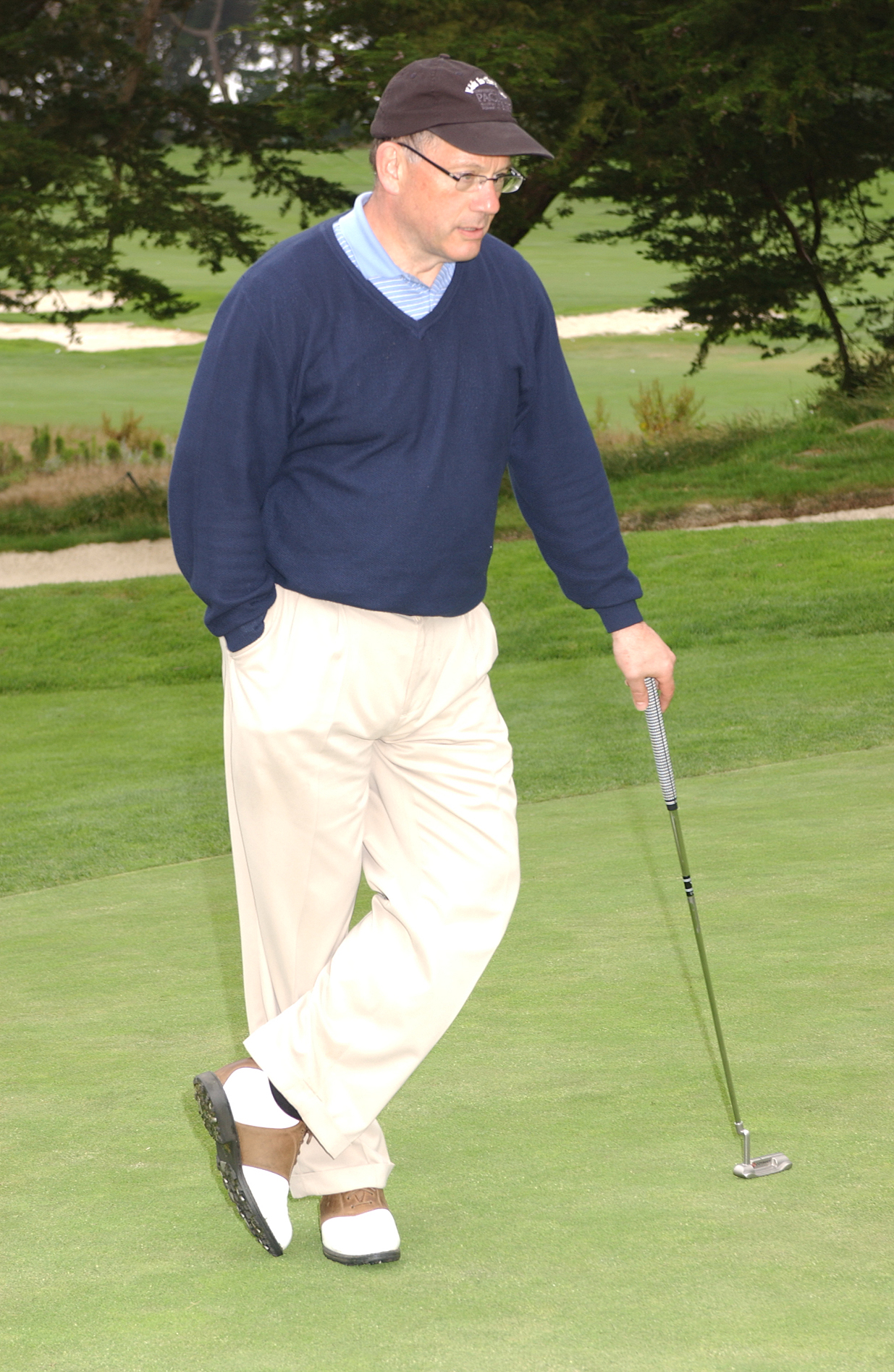
Wellness at Work: An Integral Part of Life at Dugoni
Nearly 26 million children and adults in the United States have diabetes. The dental school is working to reduce the chances of getting this disease for its faculty, staff, students and even the surrounding neighborhood.
